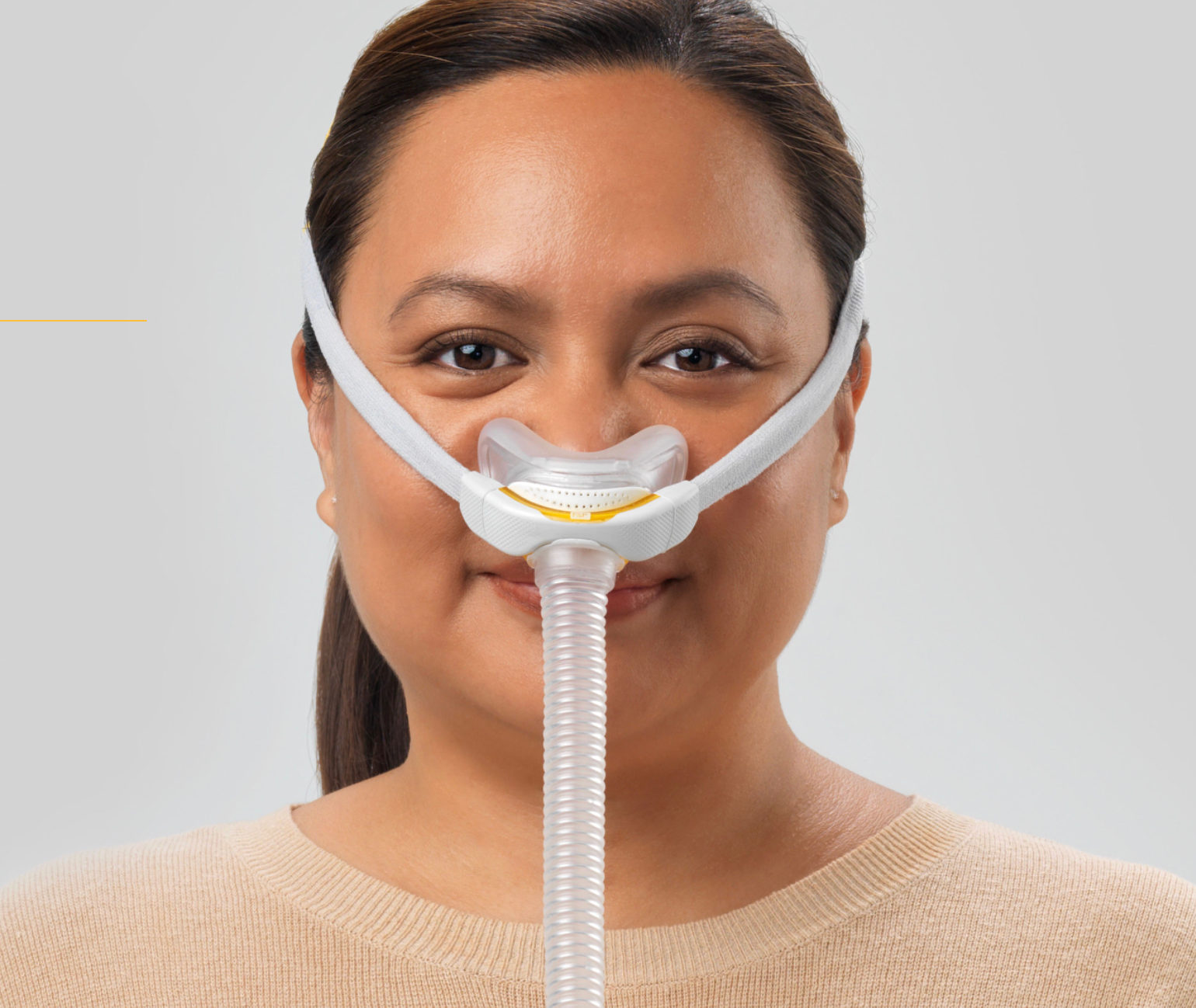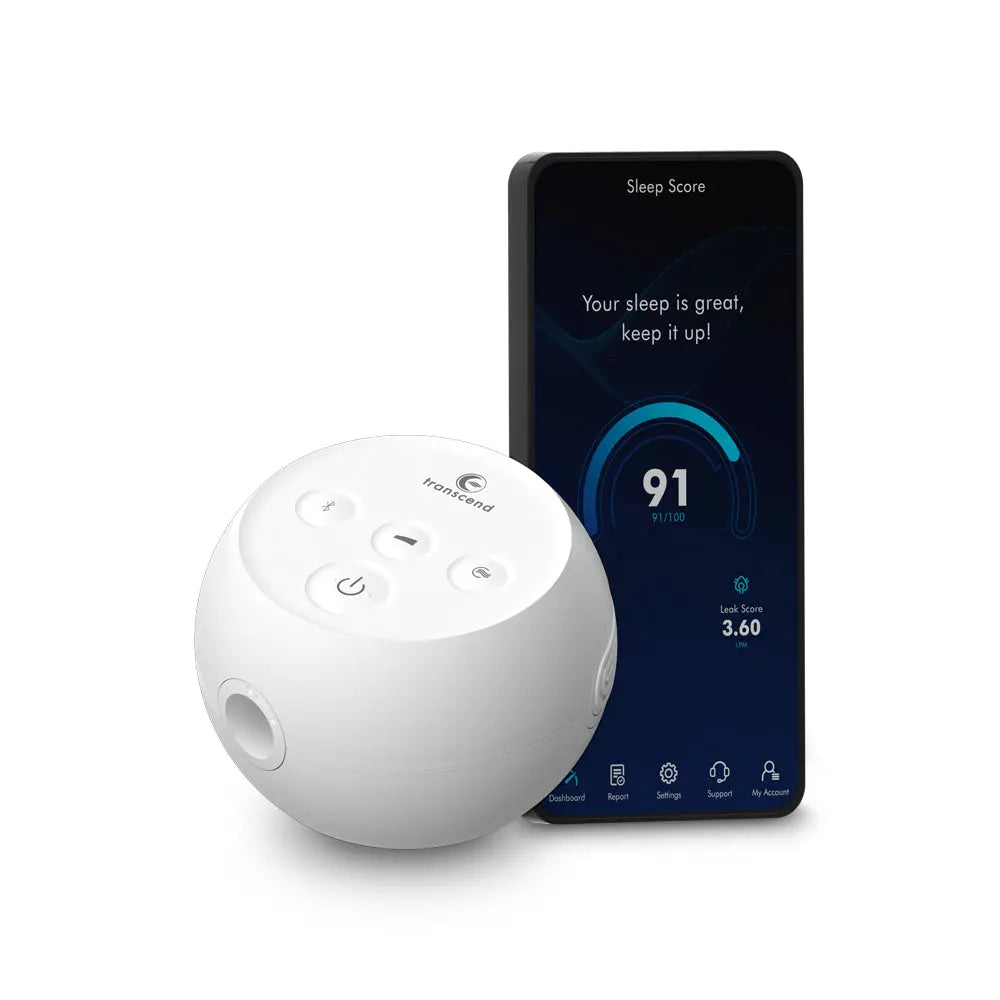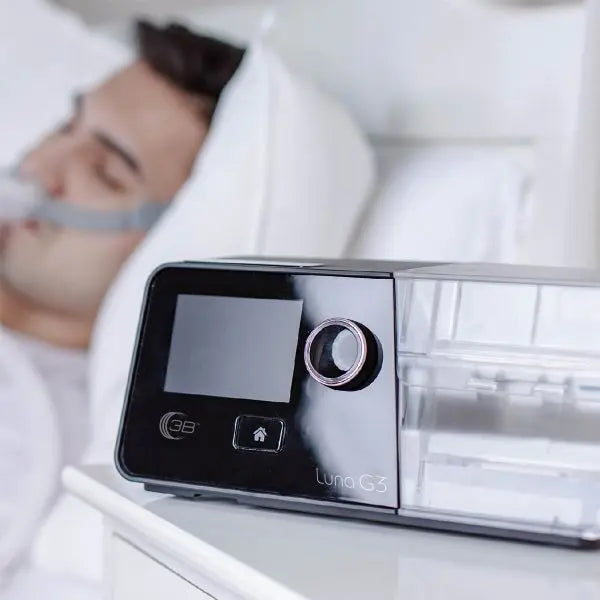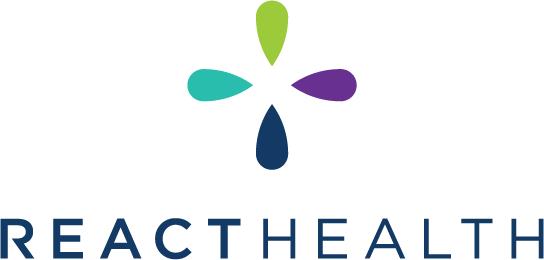Is Your Child's Sleep the Problem? The Overlooked Connection Between Sleep Apnea and ADHD
Sleep is essential for children’s growth, development, and overall health. However, for many children, the lack of quality sleep goes unnoticed, often mistaken for other health or behavioral conditions. Sleep apnea, commonly thought of as an adult issue, affects a significant number of children and can have long-lasting impacts on their health and daily life.
In fact, nearly 39 million Americans—both adults and children—are estimated to suffer from some form of sleep apnea, according to the American Sleep Apnea Association. Sleep apnea in children can be especially problematic because it often goes undiagnosed or misdiagnosed, potentially being mistaken for attention-deficit/hyperactivity disorder (ADHD).
This article delves deeper into the connection between sleep apnea and children’s health, exploring its causes, symptoms, and what parents can do to ensure their children receive the rest they need to thrive.
The Importance of Sleep for Children
Children require much more sleep than adults to support their rapid growth and development. Sleep not only helps their bodies heal and regenerate but also plays a crucial role in cognitive functions such as memory, problem-solving, and learning. Here are the recommended amounts of sleep for children according to the American Academy of Sleep Medicine:
- Infants (4-12 months): 12 to 16 hours per day
- Toddlers (1-2 years): 11 to 14 hours per day
- Preschoolers (3-5 years): 10 to 13 hours per day
- School-aged children (6-12 years): 9 to 12 hours per day
- Teenagers (13-18 years): 8 to 10 hours per day
If your child is consistently not getting enough sleep, it can affect them physically, emotionally, and mentally. However, what many parents don’t realize is that even if their child is getting the right number of hours in bed, poor-quality sleep—due to sleep apnea—can lead to many of the same issues as sleep deprivation.
What is Sleep Apnea?
Sleep apnea is a condition characterized by pauses in breathing during sleep. These pauses, known as apneas, can last for several seconds and occur multiple times during the night, disrupting the quality of sleep. The most common form in both adults and children is Obstructive Sleep Apnea (OSA), where the airway becomes blocked or narrowed during sleep.
In children, OSA is often caused by enlarged tonsils or adenoids, obesity, or craniofacial abnormalities. When the airway is partially or fully obstructed, the brain wakes the child up momentarily to resume breathing. This cycle can happen hundreds of times throughout the night, preventing deep, restful sleep.
Common symptoms of sleep apnea in children include:
- Loud snoring
- Frequent pauses in breathing during sleep
- Restless sleep or frequent awakenings
- Daytime fatigue or sleepiness
- Difficulty concentrating or paying attention
- Hyperactivity or behavioral problems
- Bedwetting
- Mouth breathing during the day
Many of these symptoms overlap with other conditions, which is why sleep apnea in children is often misdiagnosed or overlooked.
Sleep Apnea vs. ADHD: A Common Misdiagnosis
One of the significant challenges in diagnosing sleep apnea in children is that its symptoms often mimic those of ADHD. According to research published in the Journal of Clinical Sleep Medicine, children with sleep-disordered breathing, including OSA, are often hyperactive, have trouble focusing, and show impulsive behavior—symptoms that closely resemble ADHD.
Dr. Eric Viorritto, a pediatric neurologist, explains that children with obstructive sleep apnea are 3 to 5 times more likely to perform poorly in school and up to 7 times more likely to exhibit behavioral problems. This often leads healthcare providers to diagnose ADHD, when in fact, the root cause is poor sleep quality.
The American Sleep Apnea Association reports that as many as 25% of children diagnosed with ADHD may actually suffer from sleep apnea. This is an important statistic because treating the sleep disorder can often alleviate many of the symptoms attributed to ADHD, potentially reducing the need for medications and behavioral therapies.
The Consequences of Untreated Sleep Apnea
When left untreated, sleep apnea can have serious, long-term consequences for children’s health. Some of these include:
1. Cognitive and Academic Challenges
Sleep is essential for cognitive development, memory consolidation, and learning. Children who don’t get enough high-quality sleep often struggle in school, exhibiting problems with attention, memory, and learning. A child with sleep apnea may appear to be inattentive or lazy in class, when in reality, they are struggling due to chronic sleep deprivation.
Studies have shown that sleep apnea can lead to lower academic performance. Children with untreated OSA are 3 to 5 times more likely to perform poorly in school, according to Dr. Viorritto. This can have a ripple effect on their self-esteem and future academic success.
2. Behavioral and Emotional Problems
Children with sleep apnea are also at higher risk for behavioral issues such as aggression, hyperactivity, and impulsivity. These symptoms are often mistaken for ADHD or other behavioral disorders. In fact, one study found that treating sleep apnea in children led to significant improvements in behavior, attention, and overall quality of life.
Additionally, chronic sleep deprivation from sleep apnea can make children more prone to mood disorders such as anxiety and depression. They may have difficulty managing their emotions, leading to frequent tantrums, irritability, and social challenges.
3. Cardiovascular Health
Although it may seem surprising, untreated sleep apnea can increase a child’s risk of cardiovascular issues later in life. The frequent pauses in breathing cause fluctuations in oxygen levels, which put stress on the heart and blood vessels. Over time, this can lead to high blood pressure, irregular heart rhythms, and other cardiovascular problems.
Dr. Adam Rappaport, a child neurologist at Nemours Children’s Health, warns that if sleep apnea is left untreated, “someone who’s gonna be 27, 28 years old and now struggling with health problems that could have been prevented… that’s a real tragedy.”
Diagnosing Sleep Apnea in Children
Because sleep apnea symptoms in children are often mistaken for other conditions, it’s crucial to get a proper diagnosis. If your child exhibits any of the symptoms mentioned earlier, consult with your pediatrician or a sleep specialist. They may recommend a polysomnogram (sleep study), which is the gold standard for diagnosing sleep apnea.
A sleep study will monitor your child’s breathing patterns, oxygen levels, heart rate, and brain activity during sleep. This can help determine whether sleep apnea is present and how severe it is.
Treatment Options for Pediatric Sleep Apnea
The good news is that sleep apnea in children is often treatable. The right treatment depends on the underlying cause of the sleep apnea. Some common treatment options include:
1. Tonsil and Adenoid Removal
In many cases, enlarged tonsils or adenoids are the primary cause of obstructive sleep apnea in children. A tonsillectomy and adenoidectomy—surgical removal of the tonsils and adenoids—can often cure or significantly improve sleep apnea in children.
2. Continuous Positive Airway Pressure (CPAP) Therapy
For children with more severe sleep apnea or who are not good candidates for surgery, CPAP therapy may be recommended. CPAP involves wearing a mask over the nose and/or mouth during sleep. The machine delivers a continuous flow of air to keep the airway open.
While CPAP is commonly associated with adult sleep apnea treatment, it can be highly effective in children as well.
3. Lifestyle Changes
For children who are overweight or obese, weight management can also be an important part of treatment. Obesity is a significant risk factor for sleep apnea because excess fat around the neck can contribute to airway obstruction.
Encouraging a healthy diet, regular physical activity, and good sleep hygiene can all help manage sleep apnea symptoms.
4. Orthodontic Treatment
In some cases, dental issues like a narrow palate or misaligned teeth may contribute to sleep apnea. Orthodontic interventions such as rapid maxillary expansion (RME) can widen the upper jaw and help improve airflow during sleep.
Helping Your Child Sleep Better
In addition to seeking medical treatment for sleep apnea, there are several things parents can do to promote better sleep for their children:
- Establish a consistent bedtime routine: A predictable routine can help signal to your child that it’s time to wind down for sleep. This might include a bath, reading a book, or listening to calming music.
- Create a sleep-friendly environment: Make sure your child’s room is quiet, dark, and at a comfortable temperature. Avoid using electronic devices close to bedtime, as the blue light from screens can interfere with sleep.
- Encourage regular physical activity: Exercise can help regulate your child’s sleep-wake cycle and promote deeper sleep. Just be sure that vigorous activity is completed earlier in the day to avoid overstimulation before bedtime.
- Limit caffeine and sugar: Be mindful of your child’s consumption of caffeine and sugar, particularly in the afternoon and evening, as these can interfere with sleep.
Conclusion
Sleep apnea is an often-overlooked condition in children, but its impact can be profound. From academic struggles to behavioral issues, untreated sleep apnea can affect nearly every aspect of a child’s life. The good news is that with proper diagnosis and treatment, many of these challenges can be addressed, leading to better sleep and improved overall well-being.
If your child is showing signs of sleep apnea—such as snoring, difficulty staying asleep, or daytime fatigue—it’s essential to seek a medical evaluation. By addressing the root cause of their sleep problems, you can help them get the rest they need to grow, learn, and thrive.








Leave a comment
This site is protected by hCaptcha and the hCaptcha Privacy Policy and Terms of Service apply.